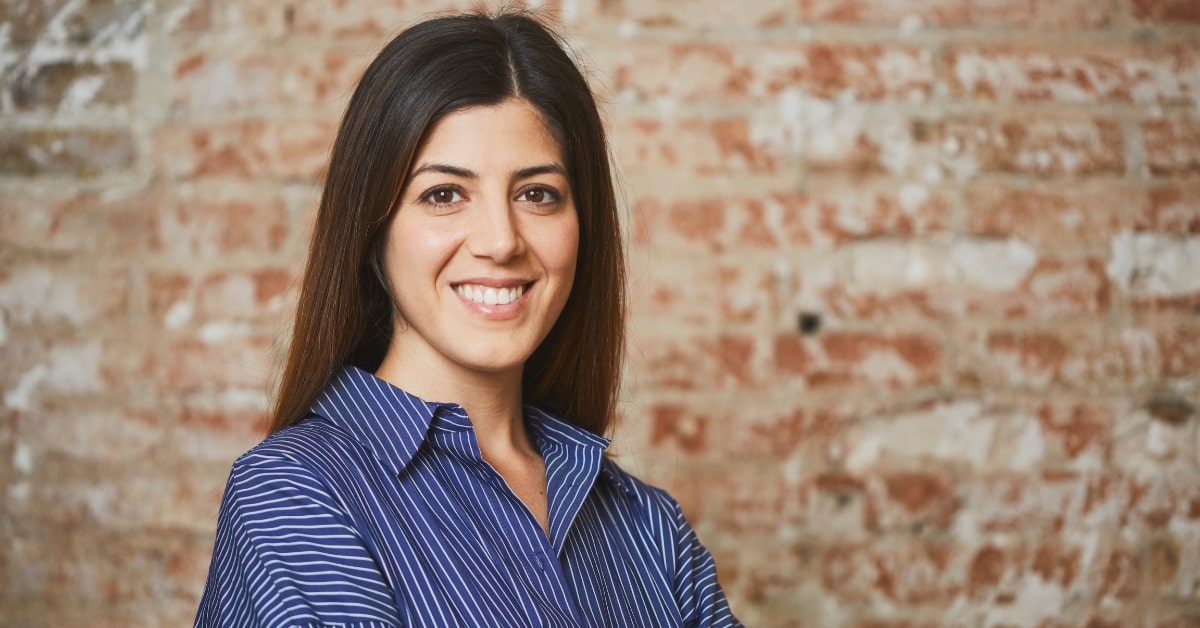In today’s digital age, having a professional headshot is essential for making a strong first impression in both personal and professional settings. Whether you’re updating your LinkedIn profile, creating a portfolio for your acting career, or simply want a stunning portrait for social media, knowing how to pose for a headshot is crucial. In this guide, we’ll explore some expert tips and techniques to help you master headshot posing and capture your best self.
Understanding Headshot Posing
- Relax and Be Yourself: The key to a great headshot is to look natural and relaxed. Avoid stiff, forced poses and instead focus on being yourself. Relax your shoulders, smile naturally, and let your personality shine through.
- Find Your Best Angle: Experiment with different angles to find your most flattering pose. Some people look best when photographed straight on, while others may prefer a slightly angled or three-quarter view.
- Mind Your Posture: Good posture is essential for a polished headshot. Stand or sit up straight, lengthen your neck, and pull your shoulders back slightly. This not only makes you look taller and more confident but also helps define your jawline and neckline.
- Focus on Facial Expressions: Your facial expression can make or break a headshot. Practice different expressions in the mirror, from a genuine smile to a more serious or contemplative look. Avoid exaggerated expressions and opt for subtle, natural expressions that convey confidence and approachability.
- Use Your Eyes: Your eyes are the focal point of a headshot, so it’s essential to use them effectively. Focus on engaging with the camera and conveying warmth and authenticity through your gaze. Avoid staring directly into the lens and instead look slightly off-center for a more natural look.
Expert Tips for Headshot Posing
- Chin Placement: Avoid tilting your chin too high or too low, as this can create unflattering shadows and angles. Instead, aim to keep your chin parallel to the ground and slightly extended to define your jawline.
- Hand Placement: Be mindful of where you place your hands during a headshot. Avoid covering your face or fidgeting with your hair, as this can be distracting. Instead, keep your hands relaxed and natural, perhaps resting them lightly on your hips or clasping them together in front of you.
- Relax Your Jaw: Tension in the jaw can make you look stiff and uncomfortable in photos. Before taking a headshot, take a moment to relax your jaw muscles by gently opening and closing your mouth. This will help create a more relaxed and natural expression.
- Play with Props: Adding props can add interest and personality to your headshot. Whether it’s a book, a coffee cup, or a piece of jewelry, choose props that reflect your personality and interests without overwhelming the composition.
- Experiment with Lighting: Lighting plays a crucial role in headshot photography. Experiment with different lighting setups to find the most flattering option for your face shape and features. Soft, diffused lighting is generally the most flattering for headshots.
FAQs
How should I prepare for a headshot session?
Before your headshot session, make sure you’re well-rested, hydrated, and wearing comfortable clothing.
What should I wear for a headshot session?
Choose clothing that makes you feel confident and reflects your style. Avoid busy patterns or distracting accessories, and opt for solid colors or subtle textures that won’t detract from your face.
How can I make my headshot look professional?
Focus on grooming and presentation to ensure your headshot looks polished and professional. Pay attention to details like hair, makeup, and grooming, and choose a clean, uncluttered background that puts the focus on you.
Should I retouch my headshot?
Retouching can help enhance your headshot by smoothing skin, reducing blemishes, and refining small details. However, it’s essential to strike a balance and avoid over-editing, which can make your photo look unnatural.
How can I use my headshot effectively?
Your headshot can be used for a variety of purposes, including professional networking, job applications, social media profiles, and personal branding.
This page was last edited on 29 February 2024, at 3:02 pm
